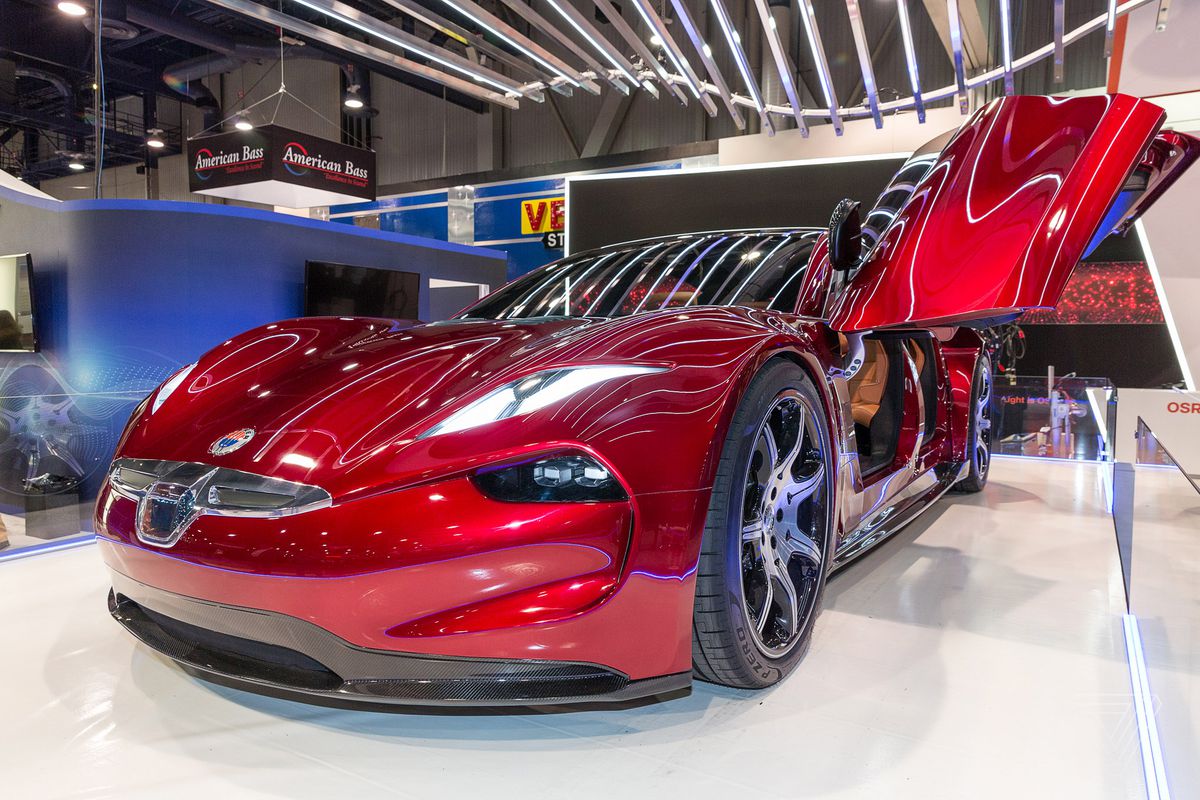Henrik Fisker, the man behind the ill-fated Tesla-challenging Karma hybrid sports car and current CEO of Fisker Inc., has announced a new electric SUV with “close to 300 miles” of range that will start “below $40,000.” The car, which is the second that Fisker Inc. has announced, is due in the back half of 2021. It will also be the first of three mass-market electric vehicles, according to the company, though Fisker Inc. didn’t mention specific production or sales targets.
The company’s first car — the all-electric luxury sedan known as the EMotion — has been delayed, though. Originally meant to ship at the end of 2019 or early 2020, it now won’t be released until after this new mass-market car hits the road, in part because the company’s futuristic solid-state battery technology isn’t ready for commercial release, Fisker Inc. said on Monday.
Fisker Inc. didn’t announce a name for the new car, but it shared a few details for interested customers to chew on over the next two years. The SUV will use a battery pack with at least 80kWh of capacity, and the near-300 mile range will be available on the lowest-cost option, suggesting the car could be optioned up above that target. (That would give it an edge over the entry-level Tesla Model 3 and Model Y, which hover around 220–230 miles.) The car will also be available in single or dual-motor configurations.
Fisker Inc.’s first mass-market car will also offer the ability to create an “extended open-air atmosphere” at the “touch of a button,” though a representative for the company said this doesn’t mean it will be a convertible.
:no_upscale()/cdn.vox-cdn.com/uploads/chorus_asset/file/10001139/jbareham_180108_2235_0109.jpg)
Henrik Fisker, who is responsible for the design of cars like the Aston Martin DB9 and the BMW Z8, started Fisker Inc. in 2016, just three years after his previous company (Fisker Automotive) went bankrupt due to the failure of the Karma. Fisker Inc. showed off a near-final version of the EMotion at CES in 2018. (Meanwhile, the Karma has been reborn post-bankruptcy as the Revero after a Chinese company bought Fisker Automotive’s assets at auction.)
Like its predecessor, Fisker aimed the EMotion at the same high-end section of the market that Tesla targets with its most expensive cars. It’s reminiscent of the Karma, but it’s supposedly more technologically advanced: it’s got technology built in that Fisker says will one day support highly automated driving, there are three touchscreens on the dashboard, and he claimed it will have 400 miles of range, thanks to a solid-state battery that his company is developing. It also has four wild gullwing doors that make the Tesla Model X’s two Falcon Wing doors look conservative.
Fisker was proud of the Karma’s ostentatious nature when we spoke to him at CES 2018. “Maybe the norm is to start out with an SUV like all these other luxury startups,” he said at the time. “Maybe the norm is conventional doors. We made some unique doors here. We wanted to do something not traditional, to show what kind of a brand we are. And we are a brand that’s nonconformist.”
But now the company will start out with an SUV. The EMotion won’t ship until after the mass-market car showed off on Monday is released, meaning at least 2021.
“The previously unveiled Fisker EMotion luxury electric sedan, the brand’s low-volume flagship model, will now be introduced to the market after an affordable model becomes available,” the company wrote in a statement. “As the ultimate symbol of future emerging technologies, the high-end EMotion will retake the stage as patented Fisker Solid-State Battery technology becomes ready for vehicle application and commercialization. More information and timelines will be released at a later date.”
Fisker has made some bold promises about the solid-state battery tech his company is developing. He’s said the company’s battery packs will take a fifth of the time to manufacture compared to lithium-ion packs used in all other EVs. He claims they will be twice as durable as current packs with the ability to live through twice as many charge cycles, and he has said they’d be ready to go in time for the EMotion’s originally planned release.
All of this flew in the face of what most battery experts think about the timeline for commercially available solid-state technology. Now, with the delay announced on Monday, it appears Henrik Fisker will have to wait a few more years before he gets another chance to take on Tesla.
